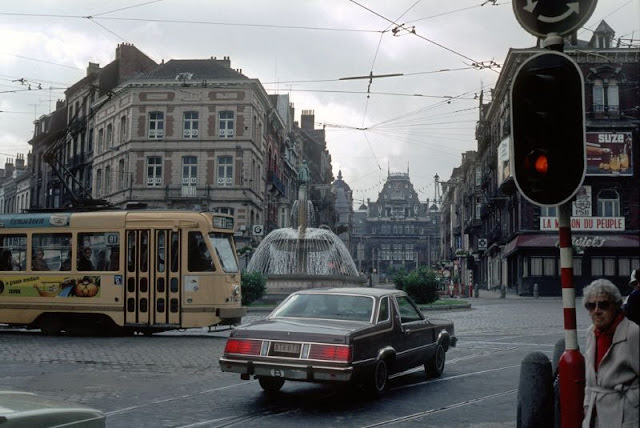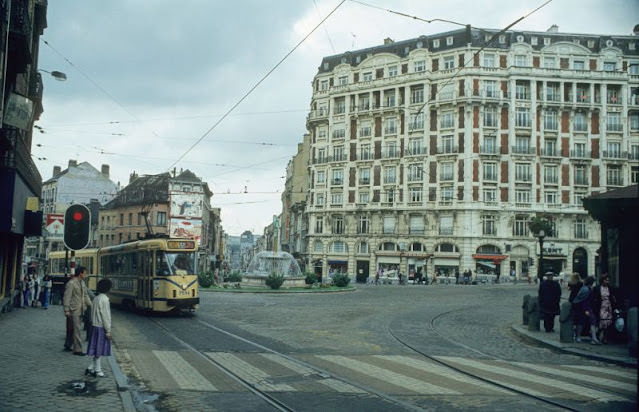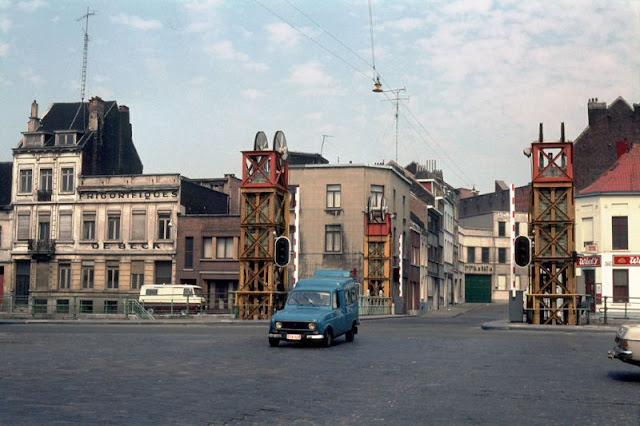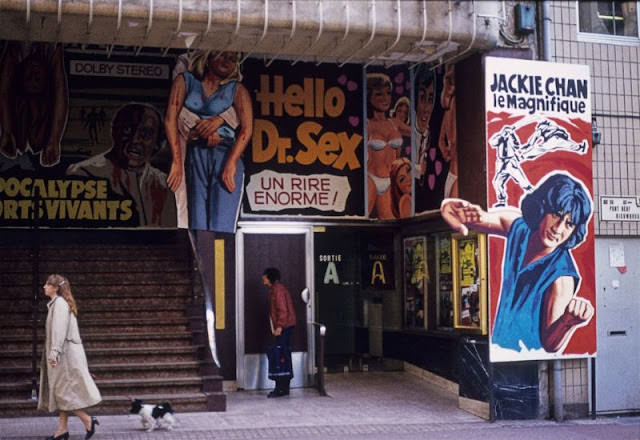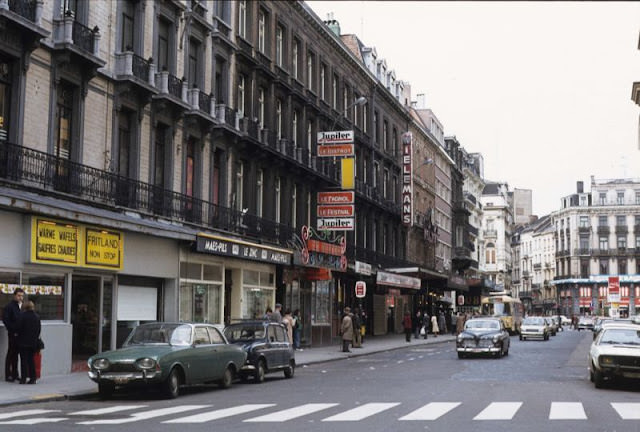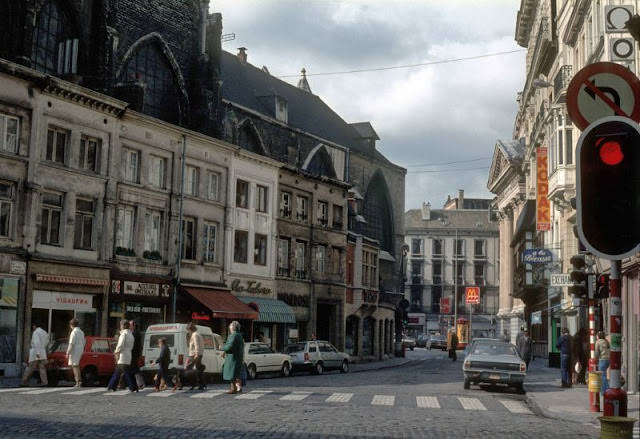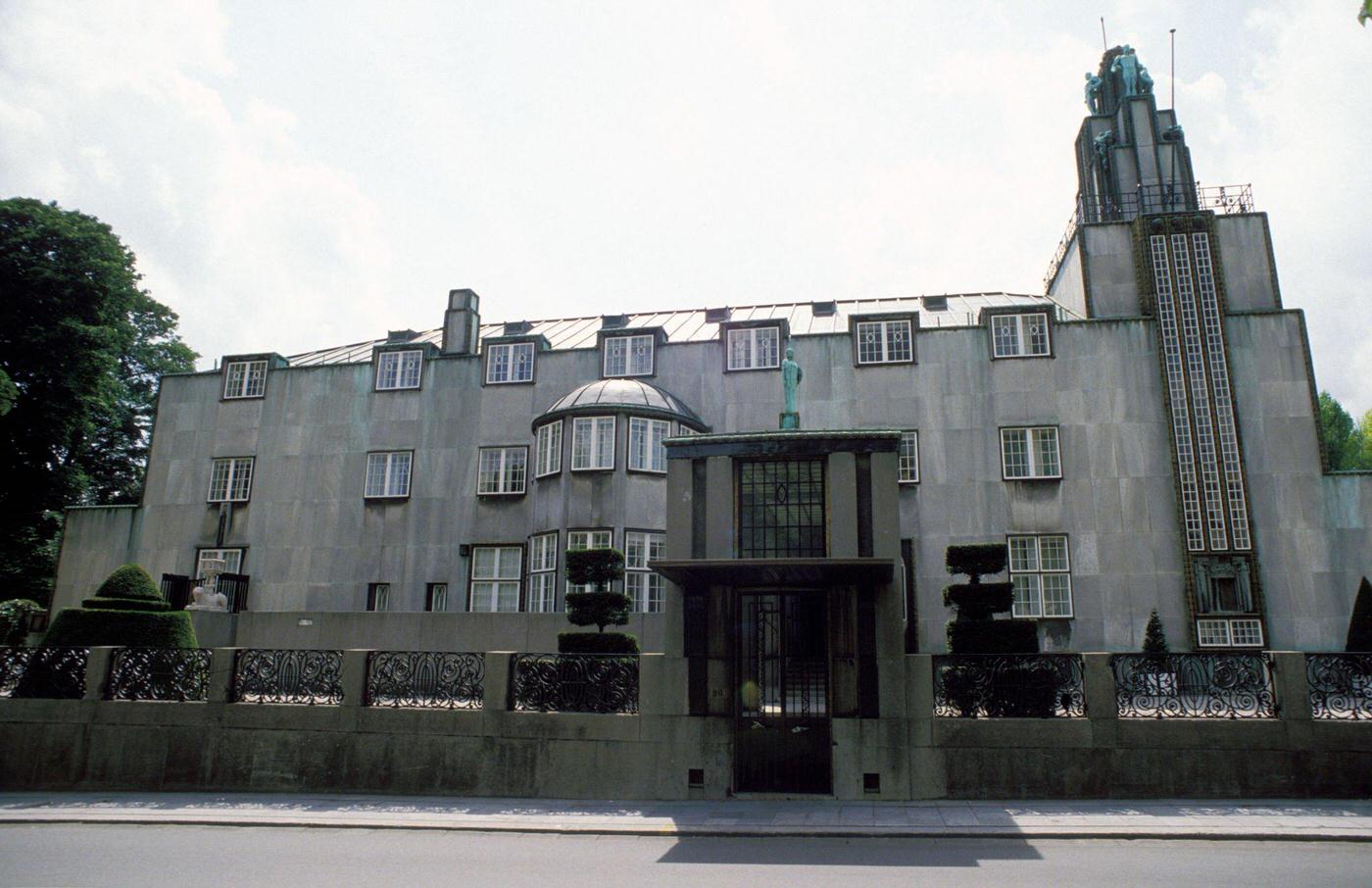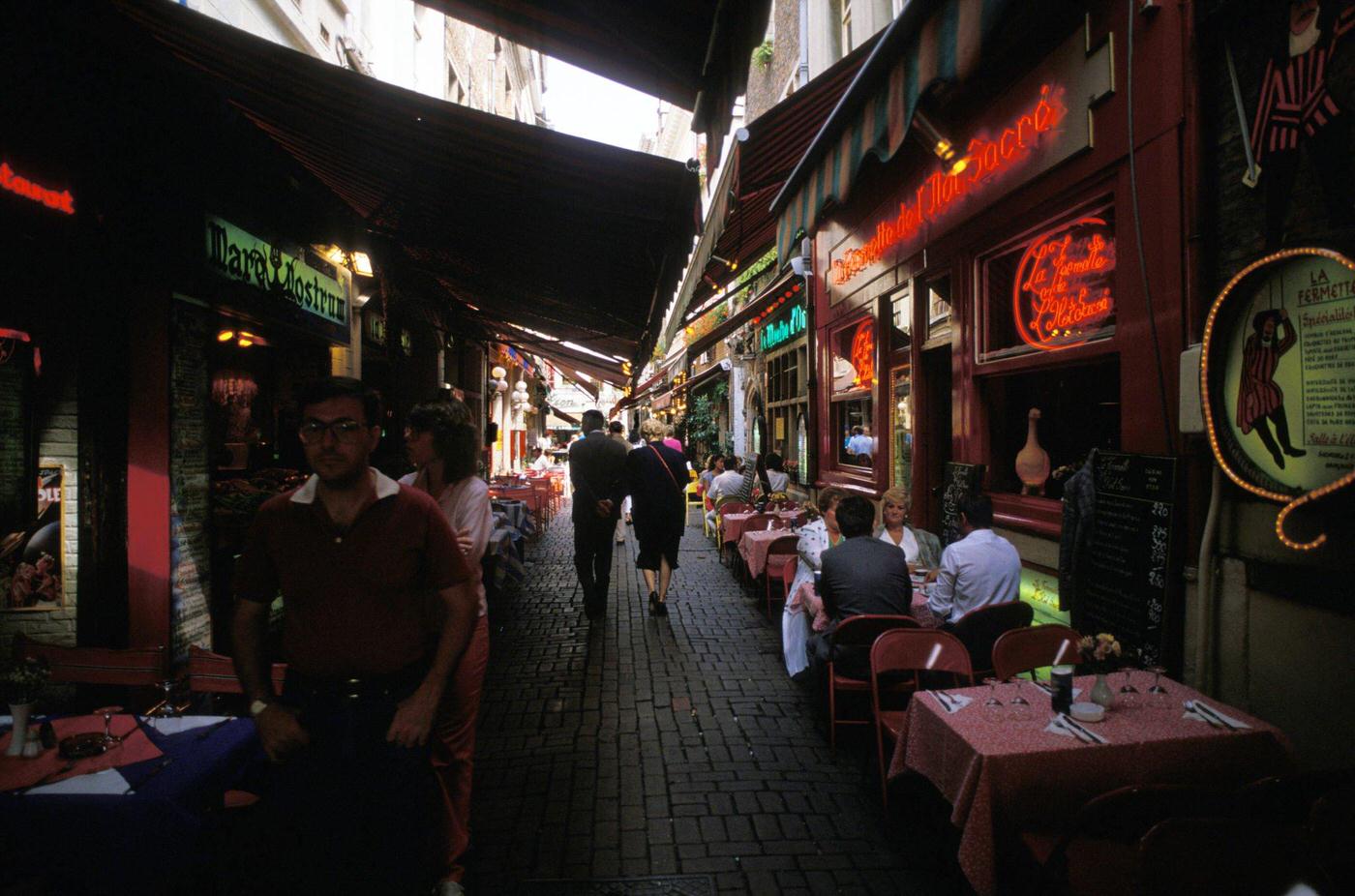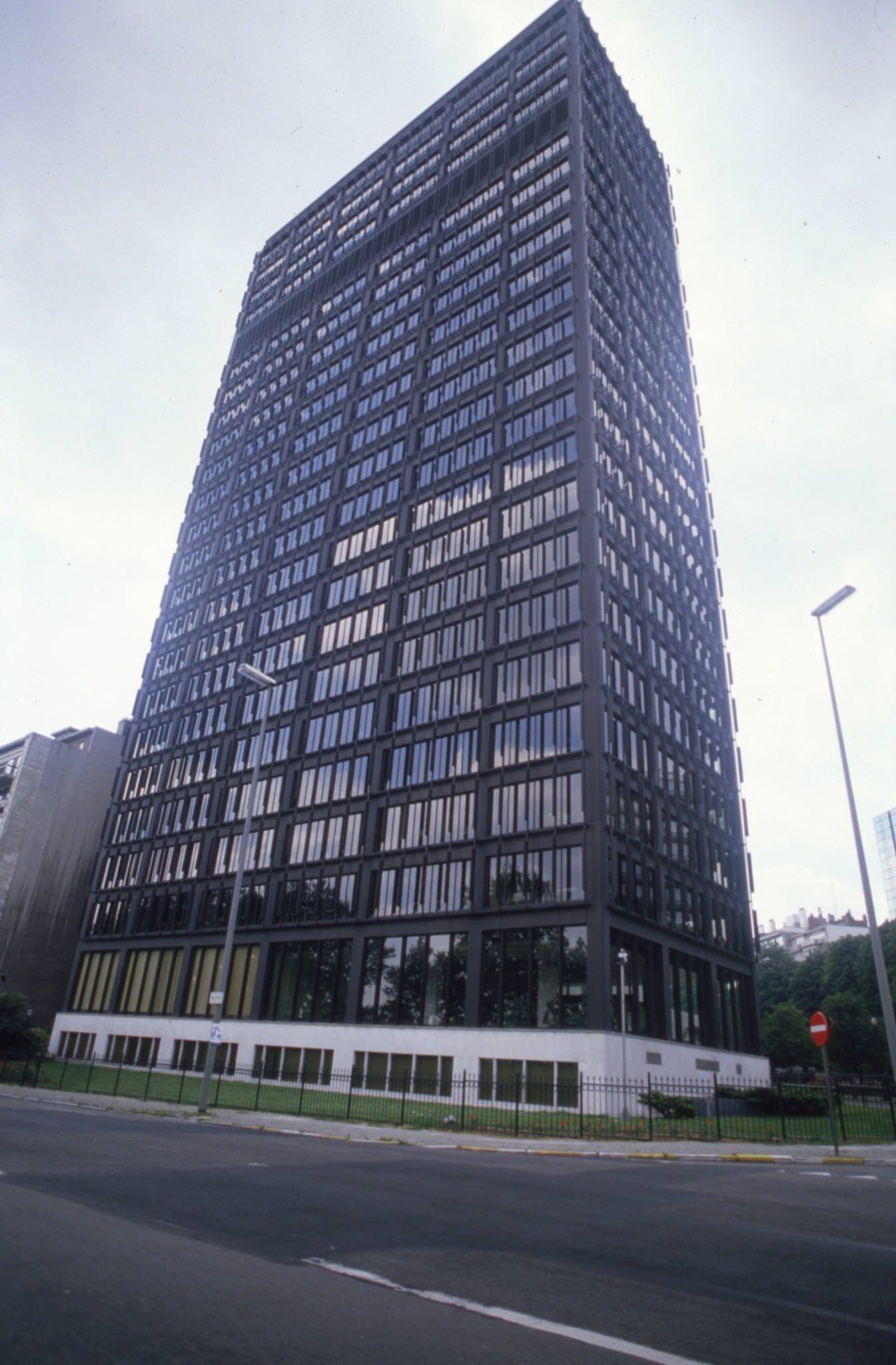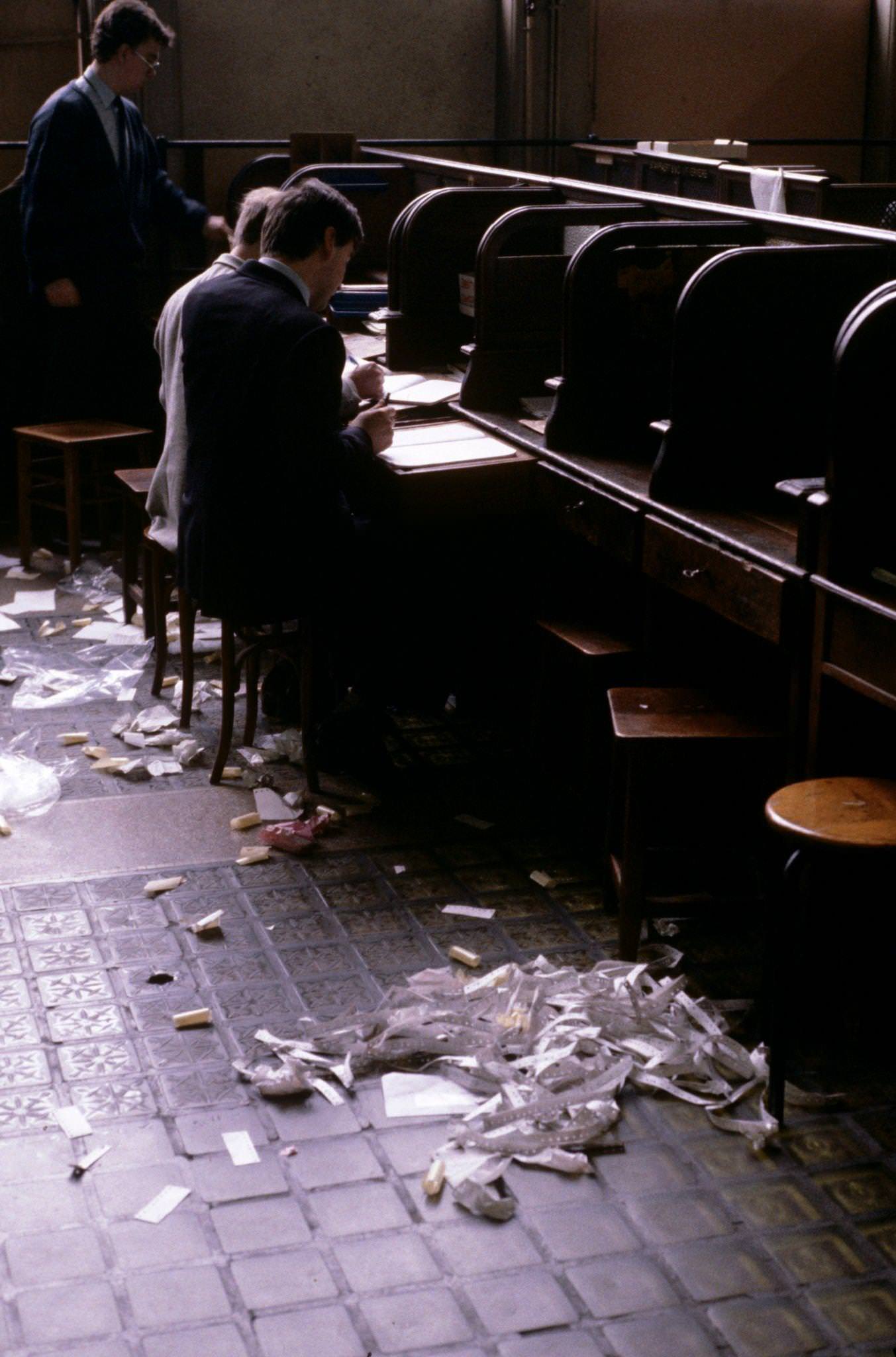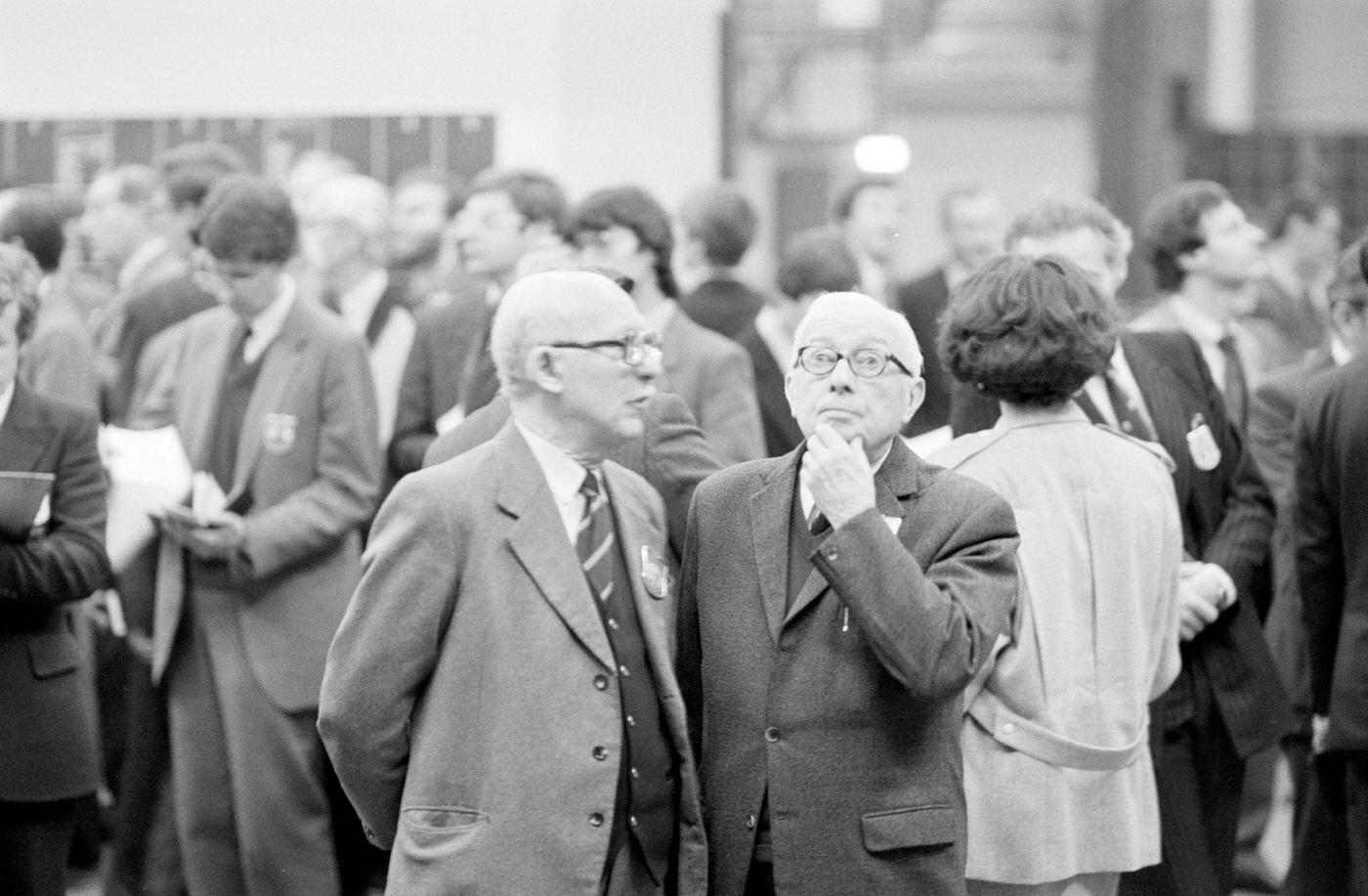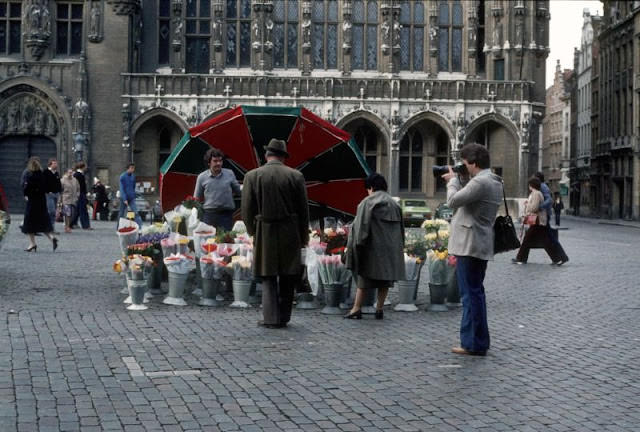Brussels in the 1980s was undergoing significant changes, influenced by its role as the de facto capital of the European Union. The city saw an influx of bureaucrats, diplomats, and foreign workers, which spurred economic growth. Numerous offices and institutions related to the EU opened their doors in Brussels, making the city a hub of European politics and decision-making.
Urban Development and Architecture
The ’80s witnessed several urban development projects aimed at accommodating the growing population and the needs of the EU institutions. The European Quarter, which houses key EU institutions, was a focus of such development efforts. This led to a change in the architectural landscape, with modern buildings often replacing older structures.
Social and Cultural Scene
Brussels in the 1980s was a melting pot of cultures, thanks to its international status. Restaurants, bars, and cultural centers representing various European nations became a common sight. This decade also saw a rise in cultural events such as art exhibitions, music festivals, and theater performances, making Brussels a vibrant city for arts and culture.
Read more
Transportation and Infrastructure
Efforts to modernize the city’s transportation system were evident during this decade. The Brussels Metro expanded its lines, and the city focused on improving public transport to cope with the increasing population. Infrastructure development was essential to facilitate the easy movement of people, especially EU officials who often had to travel for work.
Political Climate
The 1980s was a decade of political stability for Brussels, despite being a period of tension between the Flemish and French-speaking communities of Belgium. Brussels emerged as a neutral ground where both communities could coexist, partly due to its international status. However, the city was not entirely immune to political protests and demonstrations, often related to wider European and global issues.
Crime and Security
Like many major cities, Brussels faced challenges related to crime and security. However, with the presence of international institutions and the consequent international spotlight, there was a concerted effort to maintain a higher standard of security. Police presence was increased around key areas, and various security protocols were put in place.





